Chinese Martial Art-Wing Chun
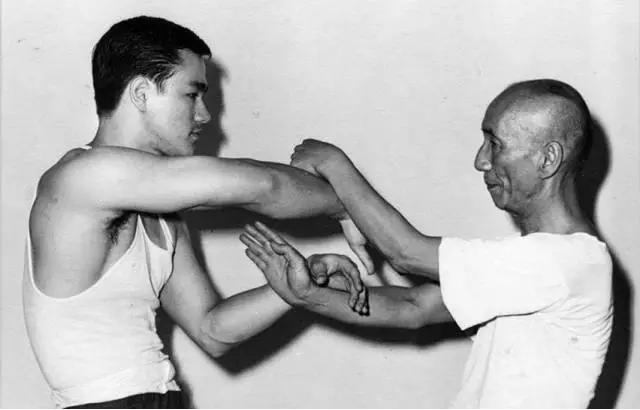
" Do not fight with the strength, aborb it, and it flows, use it "—— Ip Man, the master of Wing Chun
" Why is Wing Chun so effective? One does not accumulate but eliminate. It is not daily increase but daily decrease, the height of cultivation always runs to simplicity "——Bruce Lee
Wing Chun (simplified Chinese: 咏春) is a concept-based Chinese martial art and form of self-defense utilising both striking and grappling while specializing in close range combat.
Southern martial arts
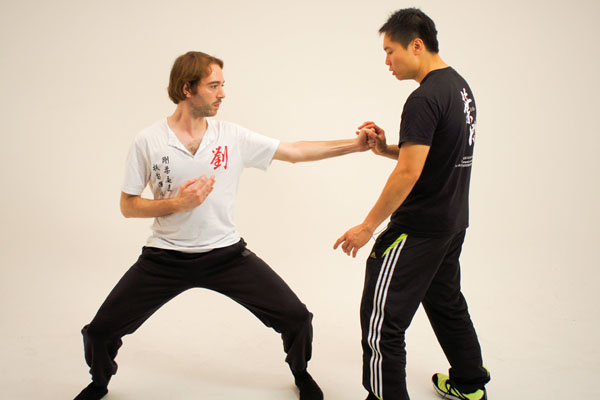
Hung Gar
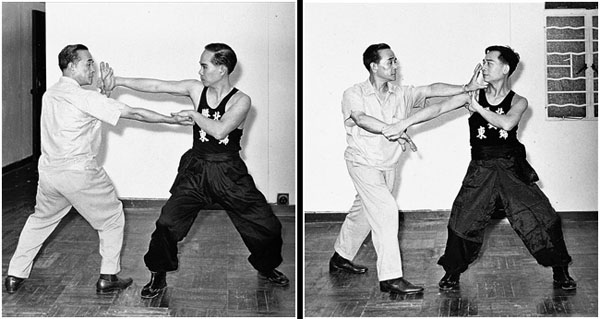
Choi Lei Fut
Wing Chun, together with Hung Gar and Choi Lei Fut, is named as one of "The Three Great Martial Art Schools of the South", which originated and became popular in Southern China.
Global spread
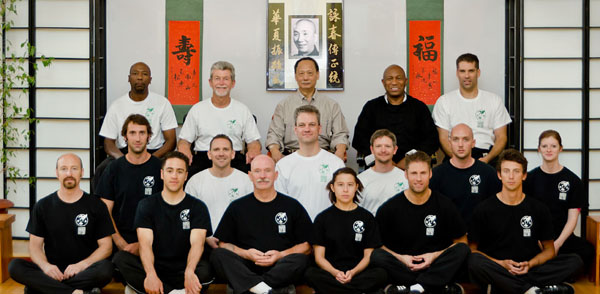
Wing Chun is practiced globally in over 64 countries. It is the world's most popular form of Southern Kung Fu.
Notable practitioners
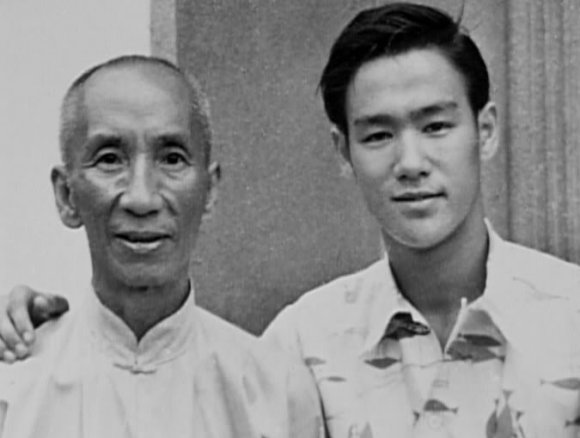
Notable practitioners of Wing Chun including the Kongfu master Ip Man( the master of Bruce Lee), Anderson Silva, Bruce Lee, Robert Downey Jr., Nicolas Cage and Jackie Chan, etc.
Wing Chun Basic principles
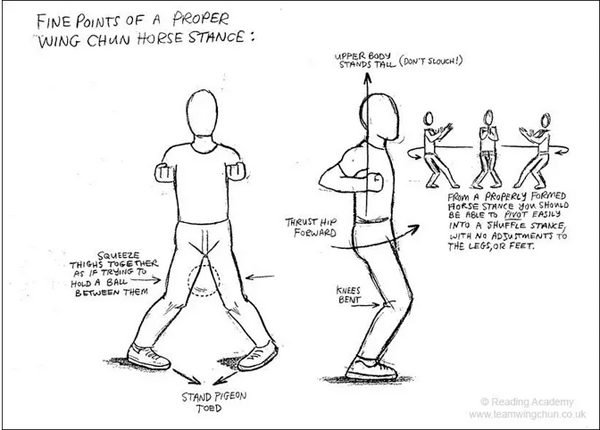
1. The center line theory.
A foundation of Wing Chun is the protection of your body’s center line. Imagine a line that starts at the middle top of your head and travels along the middle of your chest to the lower body. This is the center line of your body and it is the most vulnerable. It should protected at all times.
2. Be wise and economical with energy.
A key Wing Chun principle is that, during fighting, energy should be used conservatively and economically. Use your opponent’s energy by deflecting or redirecting blows.
3.Stay relaxed.
A tense body will use energy unnecessarily. Keep your body relaxed and you will be more at ease.
4. Hone your reflexes.
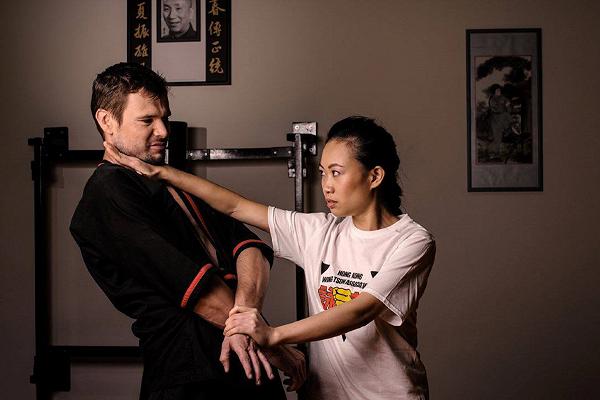
In Wing Chun, the fighter will react to a fight using quick reflexes to interrupt an attack and change the fight to be on your terms.
5. Alter your fighting strategy according to your opponent and environment.
Your opponent might be tall or short, big or small, male or female, and so on. Similarly, the environment in which you fight can be different – outside, inside, rainy, hot, cold, and so on. Be ready to adjust your fighting to suit the conditions.
6. Wing Chun’s forms.
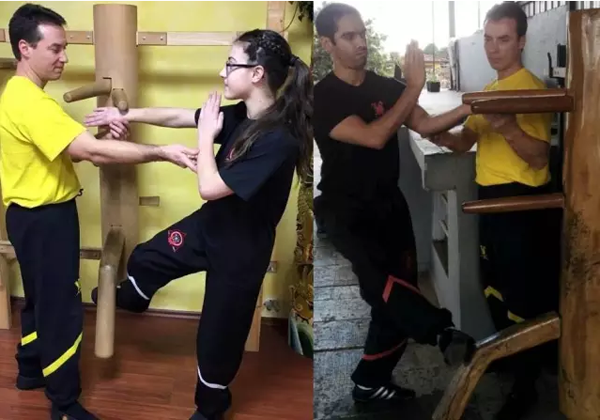
Muk Yan Chong
The practice of Wing Chun is broken into a succession of six different forms, each of which builds on the previous form. In each form, you will learn proper stance, body positioning, hand and foot movements, and balance. These forms are:
Siu Nim Tao (primary level)
Chum Kiu (middle level)
Biu Gee (advanced level)
Muk Yan Chong (expert level)
Luk Dim Boon Kwun
Baat Jaam Dao
In the very near future(after the Spring Festival) Renai will host a Kongfu meeting, the meeting will including a Wing Chun teacher teaches some basic movement of Wing Chun. If you are interested, please following our latest news.

 (8621)54893781,64688888-801/810
(8621)54893781,64688888-801/810  info@renai.cn
info@renai.cn Chinese
Chinese








 沪公网安备 31010402006742号
沪公网安备 31010402006742号